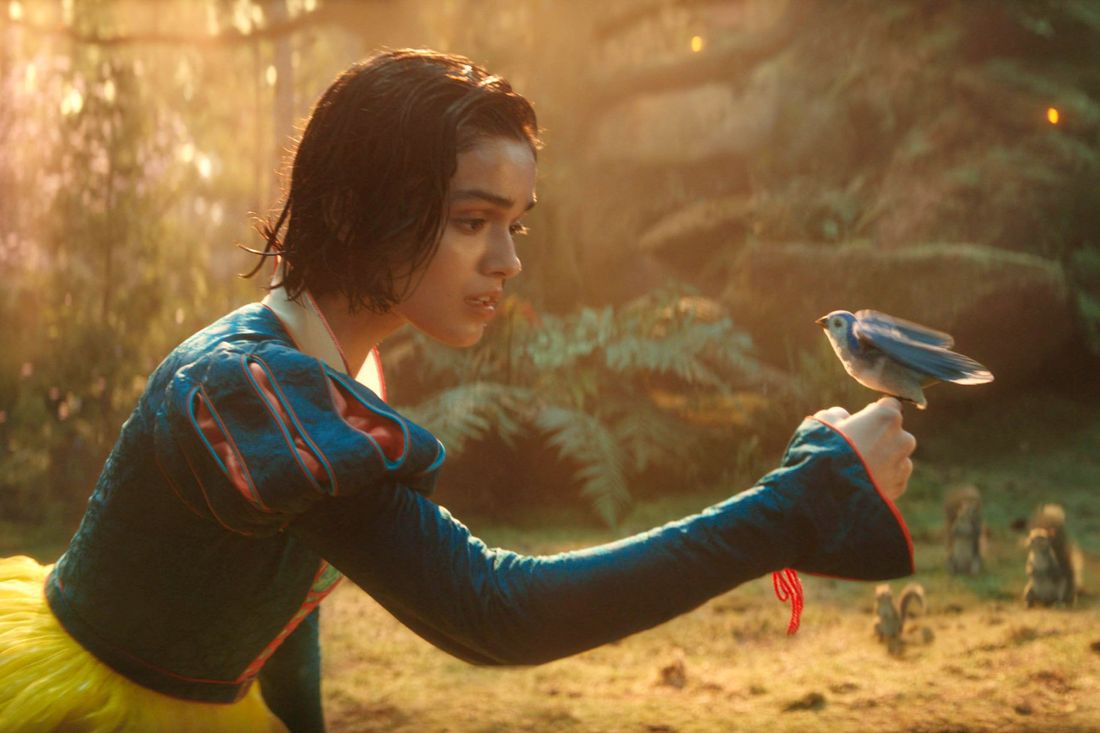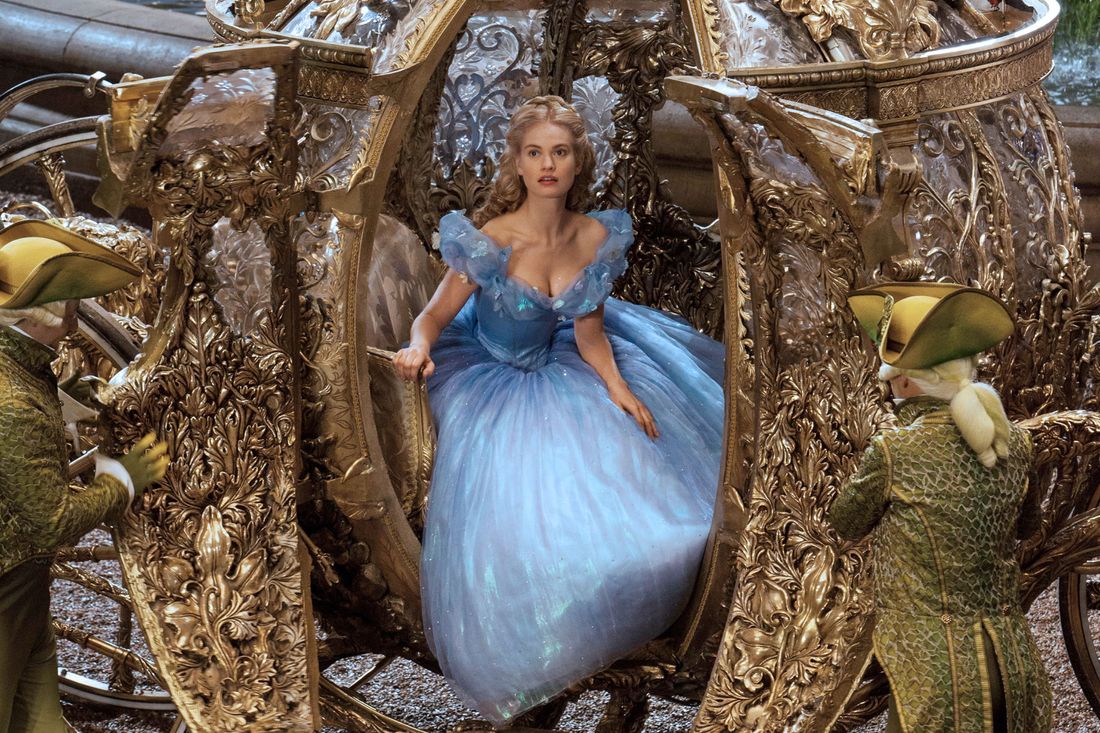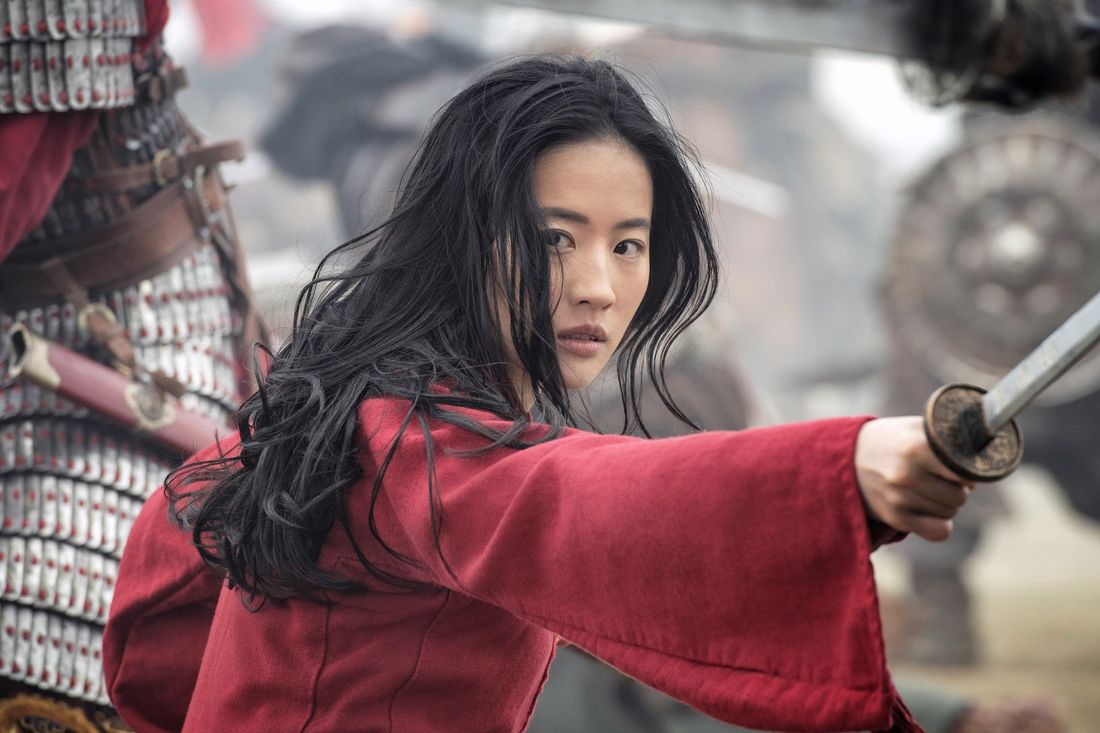
The first significant news article about a new version of Snow White appeared in October 2016, an extraordinary month for humanity to make plans nine years in advance. Since then, the United States has been grappling with the tension between progress and regression, swiftly shifting from a young African-American president to two elderly white ones. At the same time, the largest studio in Hollywood has been gradually recreating its most iconic animated hits using real actors.
The latest version of “Snow White” could be considered the sixth or the fifteenth live-action adaptation of an original Disney animated film, depending on your interpretation of what qualifies as live-action and a remake. I only count adaptations like “Cinderella,” “Beauty and the Beast,” “Aladdin,” “Mulan,” and “The Little Mermaid” that closely follow Disney’s classic Princess formula, which were brought to life with substantial budgets during the company’s Dominance Era. These films often expanded upon their source material, adding prologues and backstory, fitting actors into intricate costumes designed for two-dimensional characters, and placing humans in increasingly unattractive CGI environments. New songs, generally of poor quality, were frequently added as well. Despite the questionable musical choices, these films have proven to be popular, with “Beauty” (2017) and “Aladdin” (2019) each grossing over a billion dollars, and “The Little Mermaid” (2023) earning $117 million domestically in just one Memorial Day weekend.
The latest film releases have been marred by controversy and poor performance. Mulan was embroiled in human rights issues and the confusion surrounding its COVID-19 release, while Mermaid exposed a troubling undercurrent of aquatic eugenics. Snow White’s debut has been tainted with various allegations, including ties to Israel, Palestine, Donald Trump, and a controversial interview between Peter Dinklage and Marc Maron. The box office numbers have taken a turn for the worse. Mermaid earned only half of what Aladdin made, while Snow White’s domestic opening weekend fell short, even below the 2019 Dumbo remake (a digitally enhanced elephant), which many people claim to have avoided watching.
The classic tale of Snow White, initially, was groundbreaking for Disney in numerous ways: it was their first animated film, the first fairytale princess, the introduction of the wicked stepmother, the debut of the brawny yet dimwitted prince, and the first “happy working song.” The latest adaptation signifies a conclusion to this series. Although there are upcoming live-action adaptations such as Lilo & Stitch in May and Moana next year, Snow White represents the last of Disney’s original mythological foundations. Interestingly, despite the success or failure of these remakes, they have yet to overshadow the original cartoons in popular memory. It appears that many people have seen these movies, with the exception of the lively Cinderella from 2015, but generally disliked them.

In the 2010s, Disney live-action adaptations became a defining trend. These films were rich in nostalgia but felt cheap and outdated at times, with an attempt to modernize them for today’s audience. They aimed to revise archaic gender roles and make Disney great again. The princesses aren’t just falling in love; they’re championing significant social changes while also falling in love! This delicate blend of intentions – recreating iconic moments from the past, incorporating vague elements of relevance – mirrors the typical corporate progressivism that both corporations and progressives seem to be growing weary of now. Unlike their predecessors, live-action Jasmine and Snow White end up leading their countries. Is this progress? Aren’t monarchies inherently conservative? The online fringe expressed concern over ethnic recasting in films like The Little Mermaid and Snow White, forcing reasonable people to take a defensive stance. However, there’s something eerily reminiscent of early AI technology in the way they’re casting new young faces into old stories.
The Era of Redoings began with a couple of films that surprisingly weren’t redoings themselves: In 2010, we saw a somber sequel titled “Alice in Wonderland,” and in 2014, “Maleficent” presented an unusual twist on the classic tale “Sleeping Beauty.” Both movies were heavily reliant on computer-generated imagery (CGI), to clarify. However, their unique perspectives on well-known theme park intellectual properties reflected a growing skepticism towards traditional fairy tale narratives, even from Disney itself. It seemed that Disney was questioning Disney during this period. The studio had appeared somewhat lost in the 2000s. DreamWorks emerged as a significant competitor in animation with “Shrek” in 2001, which was initially viewed as a harsh parody of the Disney Corporation. This, in turn, led to Disney producing its own self-mockery in films like “Enchanted” and “The Princess and the Frog,” paving the way for the darker, less idyllic tales told in “Alice” and “Maleficent.
In contrast to the enormous financial success of both films, Disney Animation Studios was revitalized by the releases of Tangled and Frozen. These adaptations transformed traditional romances into powerful narratives about empowerment. The reimagined princess stories found themselves balancing two conflicting desires: a desire for contemporary updates (it wouldn’t be appropriate for Ariel to marry at 16) alongside an almost religious emphasis on enhancing the importance of the original tales (our princess will undoubtedly inspire tomorrow’s leaders).

The timelessly delayed “Snow White” embodies trends that are now two generations old. In essence, it feels like an artifact, being more outdated than the 1937 version’s unique mix of comforting lullaby charm and terrifying surrealism.
Titled as “Snow White“, this modern adaptation deviates significantly from the original tale. Instead of being passive and somewhat naive, Snow is a determined and intelligent leader. She’s not found eating fruit from strangers or waiting for a knight in shining armor; rather, she’s a champion of government reform, striving to ensure the happiness of her people, much like in the idyllic days before the loss of her parents. Her motto is “Fearless, Fair, Brave, True.” Unlike her animal friends in the classic tale, these birds function as strategic assets rather than domestic helpers.
Snow’s love interest, not a typical prince but a rebel thief named Andrew Burnap’s Jonathan, is more complex. He’s involved in guerrilla activities against an unspecified authority. Snow and Jonathan find common ground in their shared resistance efforts, and their mutual attraction develops from this bond. Despite being labeled as an elitist by her love interest, she continues to fight for the welfare of her people.
In a time long ago, Disney princesses were known for their romantic unions with handsome princes. However, in recent remakes, these love stories have evolved to include more thoughtful and meaningful interactions. For instance, when I met my prince, he was learning the error of hunting from me, Cinderella. This encounter sparked not just romantic feelings but also a political awakening within him, leading him to open his next ball to everyone, regardless of their social status. Similarly, Eric, played by Jonah Hauer-King, found common ground with Ariel, played by Halle Bailey, in their shared interests in geology and cartography, as well as their compassion for issues like malaria. Aladdin, portrayed by Mena Massoud, showed Jasmine a new perspective on life, but more than that, he helped her appreciate the cultural diversity of her hometown.
In a simpler and more conversational style: “The sultan’s daughter remarks, ‘They are the ones who make it lovely.’ If I had to identify a common theme in these modern versions, it would be the emphasis on the people. The prince of Cinderella exclaims, ‘A ball for the people!’ King Triton says, ‘I’ve always aimed to do what’s best for our people!’ And Snow White expresses concern for ‘how she can help her people.’
It’s not necessarily a bad idea to incorporate more political themes into fairy tales. The success of shows like “Wicked” and “Maleficent” hints that audiences might appreciate more modern twists in their retellings. For instance, you could create a politically charged “Little Mermaid” or a rebellious “Snow White”. However, trying to revolutionize classic stories within the confines of a traditional theme park may not work effectively. This is because Snow White, as a character, needs to be strong, intelligent, brave, and politically active, all while being beautiful inside and out. She must embody these qualities while still wearing her iconic blue-shouldered yellow-bellows dress and eating an apple that she shouldn’t, which creates a confusing portrayal for the audience.
In their attempts to overcomplicate the characters, the remakes fail to capture the essential emotional terrains that define Disney’s distinctive style. When I watch the classic cartoons alongside my children, it becomes clear that the most memorable personalities are found in the groups – compassionate little miners, winged godmothers, greedy mice, a fastidious crab, a candelabra infatuated with the feather duster, a shape-shifting meta-genie. And let’s not forget the villains, who embody every relatable negative emotion; stepmothers and sorceresses are vain, arrogant, dismissive, lonely, rude, and outrageous. Essentially, they are human.
The remakes overemphasize and sometimes express regret for their main characters, saying: “We apologize that 1992’s Jasmine was simply a cool tiger owner with no political ambitions; we assure you 2019’s Jasmine will be an outstanding, benevolent ruler!” In the process, space for additional characters or an ensemble is lost. Sebastian, who initially clashes with the French chef, no longer does so in this version. Cinderella’s mice no longer have the ability to talk, and Iago the Parrot—a notable villain who underwent a redemption arc in The Return of Jafar! — is now just an ordinary bird in this story.
In the 1937 version of “Snow White,” there’s a scene where the dwarfs perform a yodeling number that lasts for about four to five minutes. Each musical solo has a touch of Marx Brothers-style comedy, serving more as a mood-setter rather than advancing the plot. The charm lies in the fact that the dwarfs are lovable characters, possessing both ancient and childish qualities. In the modern “Snow White,” a similar scene features the dwarfs singing briefly before transitioning into a tuneless duet between Snow White and Jonathan. This choice seems outdated and oddly amplifies the central romantic storyline more than any part of the original cartoon. Who would want to spend more time with the dull love interest character?
Read More
- Who Is Harley Wallace? The Heartbreaking Truth Behind Bring Her Back’s Dedication
- 50 Ankle Break & Score Sound ID Codes for Basketball Zero
- Here’s Why Your Nintendo Switch 2 Display Looks So Blurry
- 50 Goal Sound ID Codes for Blue Lock Rivals
- 100 Most-Watched TV Series of 2024-25 Across Streaming, Broadcast and Cable: ‘Squid Game’ Leads This Season’s Rankers
- Elden Ring Nightreign Enhanced Boss Arrives in Surprise Update
- How to play Delta Force Black Hawk Down campaign solo. Single player Explained
- Jeremy Allen White Could Break 6-Year Oscars Streak With Bruce Springsteen Role
- Mirren Star Legends Tier List [Global Release] (May 2025)
- MrBeast removes controversial AI thumbnail tool after wave of backlash
2025-03-26 21:55